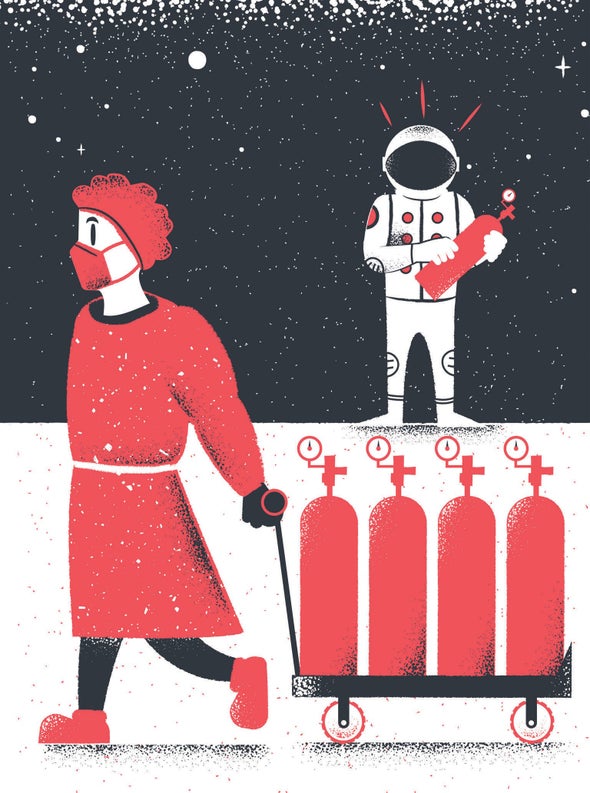When Florida had a COVID surge, it caused a shortage of liquid oxygen for people in intensive care. Part of the supply chain for liquid oxygen was moved over to compensate for it, and that impacted about half a dozen rocket launches. Florida was the source of the need for oxygen, but it pulled resources from the entire country.
We [United Launch Alliance] had a planned launch going off the West Coast, out of Vandenberg Space Force Base in California. We had seen the issue starting in Florida, and we stocked up on liquid oxygen ahead of time. But we were surprised when we could not get liquid nitrogen. By then all the trucks that could move cryogenic liquids, and the people who could drive them, had gone to Florida.
It was kind of a funny opportunity for SpaceX and us to almost help each other. I did not have any nitrogen on the West Coast, and they had a shortage of liquid oxygen on the East Coast. I think Gwynne Shotwell [president and chief operating officer of SpaceX] and I had a conference somewhere together, and I said, “Hey, I’ve got this giant tank of liquid oxygen that was for a launch several months away. I’d be happy to make that available to you.” She replied, “Well, I’ve got a bunch of nitrogen out on the West Coast that I could loan you.” We were arranging to trade this material when our respective teams solved the problems locally, so we ended up not having to do it. I was actually a little disappointed because it would have been fun.
I doubt we will face a crisis quite that acute again, but it did reveal the weak links in that supply chain. We had a shortage of drivers with the special training and certification to drive liquid cryogenics around. Now that we understand that this is a vulnerability, we have more people certified than are needed at any time.

